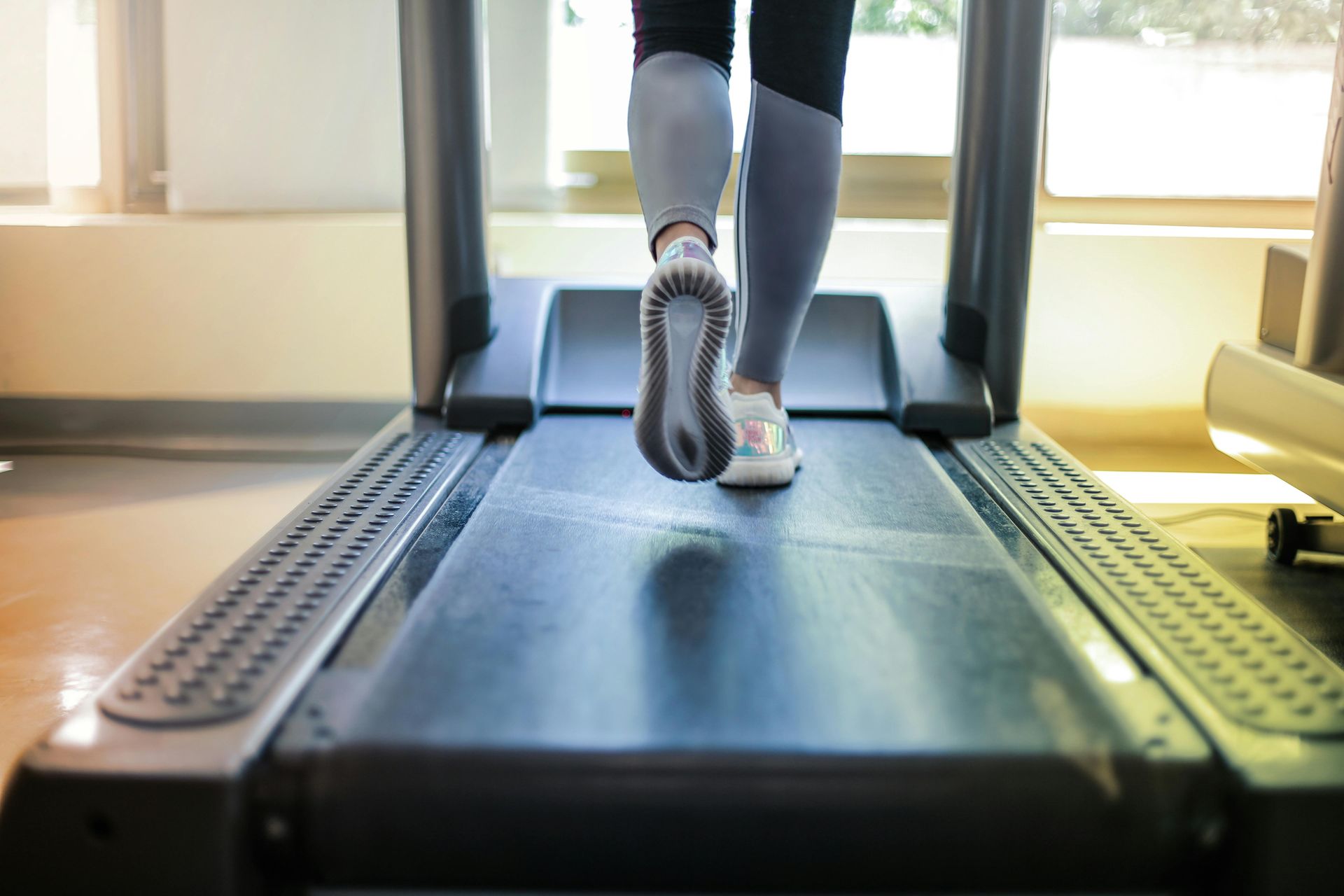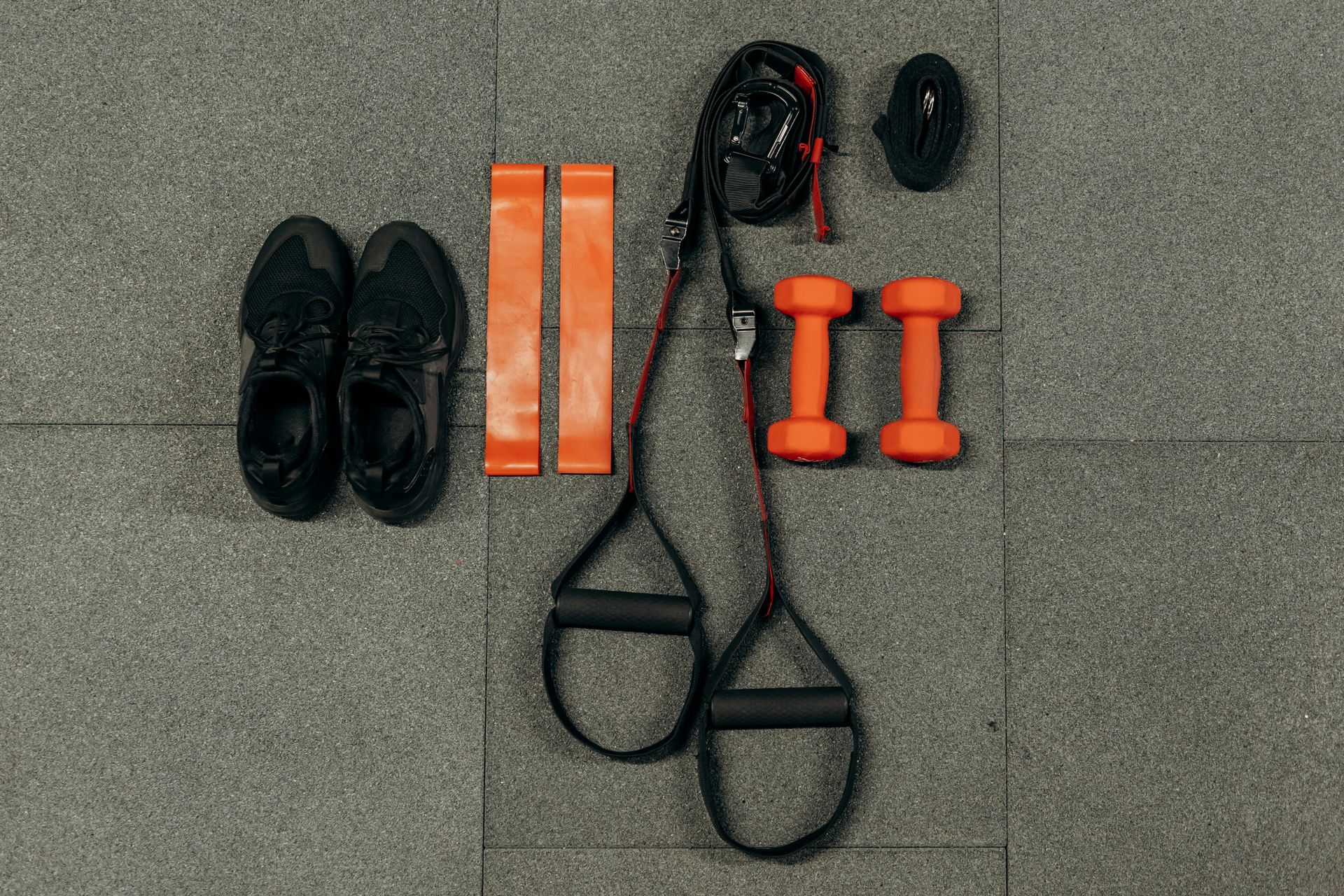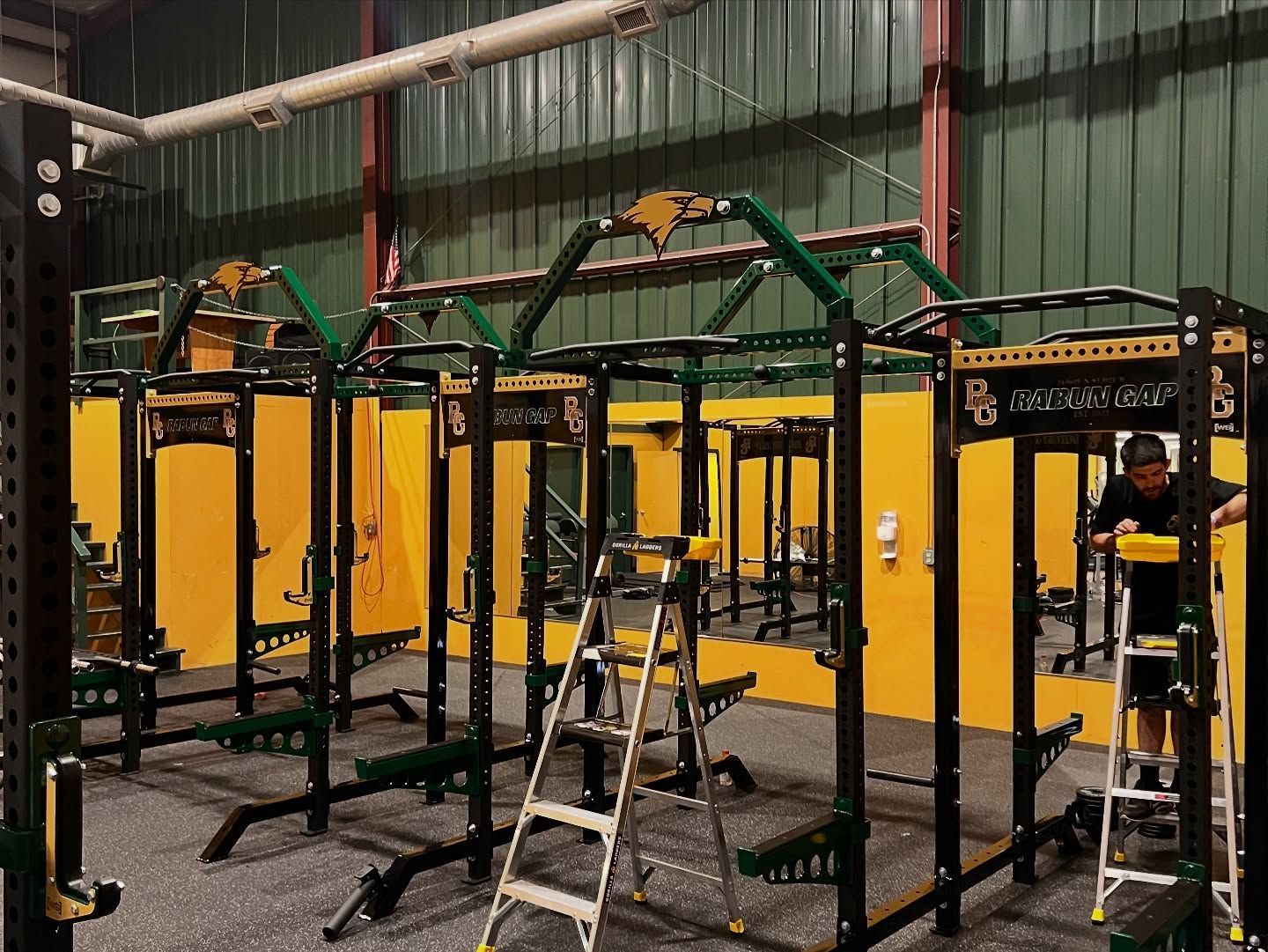Decoding Treadmill Varieties
Curve, Slatted Belt, and Traditional Models
1. Curve Treadmills: Curve treadmills, also referred to as self-powered treadmills, represent a departure from conventional flat-belt treadmills. Rather than relying on a motor to drive the belt, curve treadmills harness the user's energy to initiate movement. The curved treadmill deck promotes a more natural running or walking stride, engaging a broader spectrum of muscles compared to flat-belt alternatives. Benefits: Enhanced calorie expenditure: The self-propelled mechanism of curve treadmills demands increased exertion, resulting in a heightened calorie burn rate. Refined running technique: The contoured surface encourages users to maintain optimal running posture, mitigating joint impact and refining overall biomechanics. Eco-conscious operation: By eschewing electricity, curve treadmills emerge as environmentally friendly and economically prudent options over time. Suited for: Runners intent on refining running efficiency and technique. Fitness enthusiasts in pursuit of a more demanding cardiovascular challenge. Individuals undergoing rehabilitation owing to the treadmill's lower joint impact.
2. Slatted Belt Treadmills: Slatted belt treadmills, also known as belt-driven treadmills, deviate from tradition with their series of interlocking slats replacing the continuous belt. This design overhaul ushers in several advantages over flat-belt counterparts, including heightened shock absorption and reduced friction. Benefits: Superior shock attenuation: The slatted belt configuration offers superior cushioning and shock absorption, thereby diminishing injury risk and alleviating joint strain. Reduced upkeep: Slatted belt treadmills typically demand less maintenance than their traditional counterparts, as the design minimizes friction and belt wear. Authentic feel: The slatted belt mirrors the sensation of outdoor running or walking more closely, furnishing a more comfortable and authentic workout experience. Suited for: Individuals grappling with joint issues or injury predispositions seeking a low-impact training solution. Long-distance runners striving to mitigate the risk of overuse injuries. Fitness facilities aiming to deliver a premium cardiovascular experience.
3. Traditional Treadmills: The quintessential flat-belt treadmill has entrenched itself as a fitness staple in both commercial gyms and home setups alike. Despite lacking the innovative flourishes of curve and slatted belt variants, traditional treadmills persist in popularity due to their affordability and user familiarity. Benefits: Accessibility: Traditional treadmills enjoy widespread availability across a range of price points, rendering them accessible to a broad demographic. Versatility: Flat-belt treadmills furnish an array of speed and incline options, empowering users to tailor workouts to their fitness levels and objectives. Familiarity: Many fitness enthusiasts gravitate towards the conventional feel of traditional treadmills, rendering them a favored choice for both residential and commercial fitness environments. Suited for: Novices or occasional exercisers seeking a straightforward cardiovascular workout. Individuals constrained by space or budget considerations. Anyone in search of a versatile cardiovascular apparatus for general fitness maintenance.





